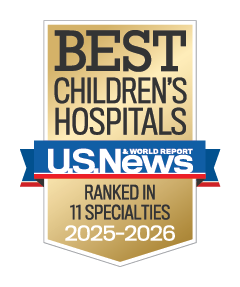

Sialadenitis involves acute swelling of the major salivary glands (parotitis). Before widespread use of the MMR vaccine, mumps, a paromyxovirus, was the most common cause of parotitis in children. In the current era, the most common cause of parotitis in children is juvenile recurrent parotitis (JRP). JRP is a nonspecific sialadenitis associated with recurrent inflammation of the parotid glands. The first episode of JRP generally occurs between the age of 3 and 6 years of age. The interval between acute episodes is variable, with an average from 15 days to 2 months.
The treatment of acute sialadenitis includes analgesics, antibiotics, and other conservative measures such as sialogogues, warm compresses, hydration and massage.
Sialendoscopy has emerged as a minimally invasive, safe and effective diagnostic and therapeutic option for JRP when the frequency and severity of episodes are having a significant impact on overall quality of life. The procedure involves the use of miniature endoscopes to evaluate the main salivary ducts of the parotid glands. It is typically performed through the mouth under general anesthesia as an outpatient procedure. The saliva ducts are irrigated with saline and evaluated for strictures or stones.
Success rates of the procedure are reported as 70% or higher in preventing future sialadenitis. Complications rates are low. Tylenol and ibuprofen are generally sufficient for post-operative pain management. Children are often fully recovered and resume their normal activities by the next day.



